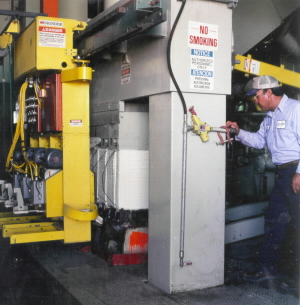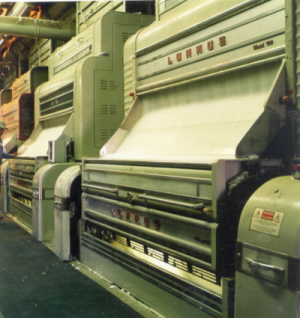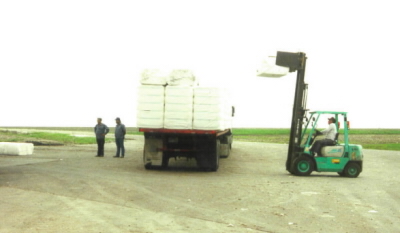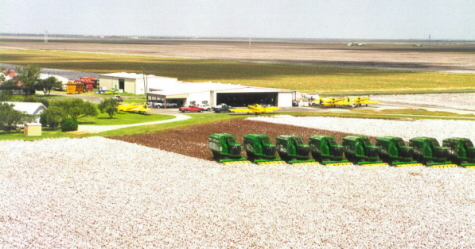 |
||||||||||
|
|
||||||||||
 |
|||||||||||||||||||||||||
|
The Ginning Process |
|||||||||||||||||||||||||
|
NUMBER OF RUNNING BALES ginned to date for all cotton and American-Pima cotton, by state; county ginnings released with mid-month state ginnings; March report also includes 480-lb. bales ginned and average bale weight by state. |
|||||||||||||||||||||||||
|
Modules are delivered. Cotton is fed by suction, metered out at a rate suitable to capacity and considering the condition of the seed cotton whether it is trashy, clean, wet or dry. Naturally, clean, dry cotton processes at the highest capacity. A dryer is used to dry seed cotton to around seven percent moisture. It goes through a threshing process to remove larger trash. Seed cotton is fed into the ginstand and cottonseed is separated from the lint. Flat circular saw blades remove the lint from the seed. Seed is blown into bins where it is held for shipment to cottonseed buyers. Lint is fed into cleaning machines that remove “motes.” Motes are sold as low-grade cotton fiber because of off color appearance and short fiber. The clean lint is formed into 500-pound bales. What’s left after the ginning process is called gin trash, mainly bits and pieces of the cotton and plant. |
|||||||||||||||||||||||||
 |
|||||||||||||||||||||||||
 |
|||||||||||||||||||||||||
 |
|||||||||||||||||||||||||
 |
|||||||||||||||||||||||||
 |
|||||||||||||||||||||||||
|
Cotton is grown in over 80 countries in the world, but it is the United States who is the world’s main exporter. |
|||||||||||||||||||||||||